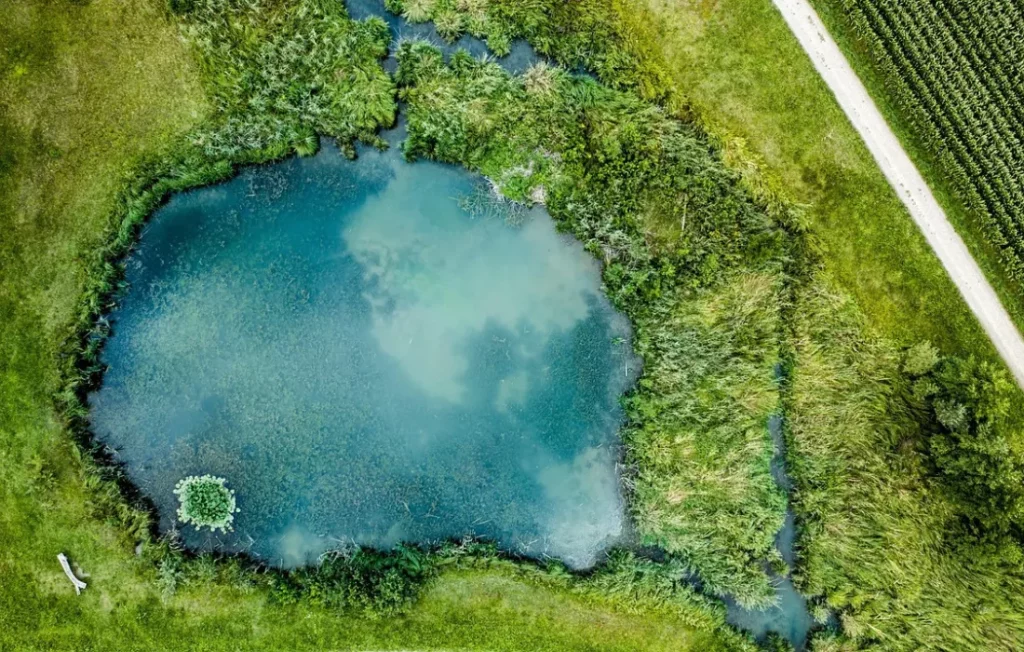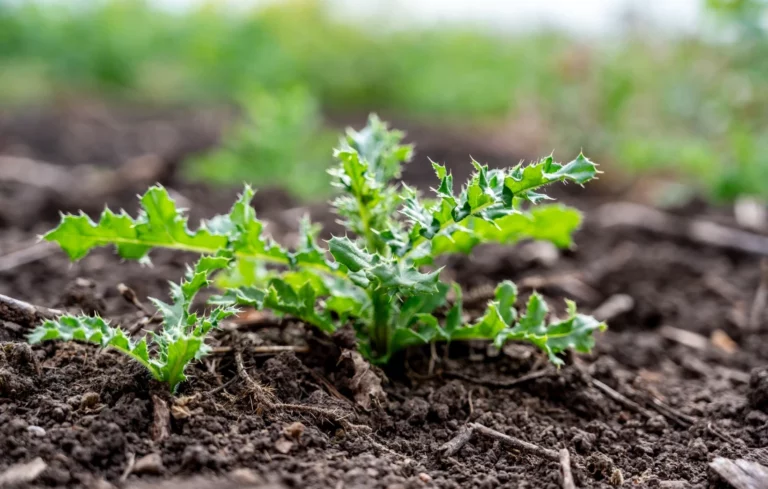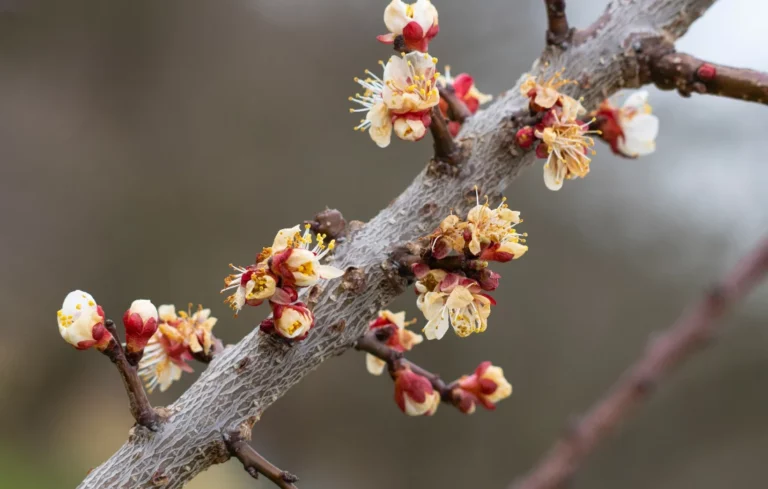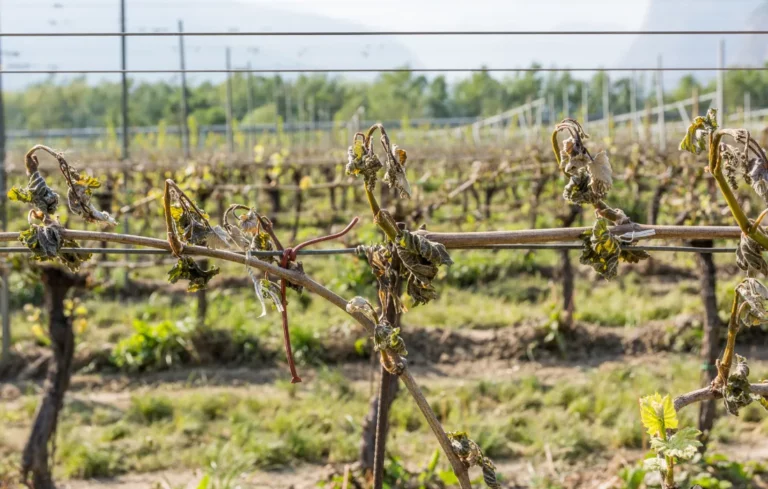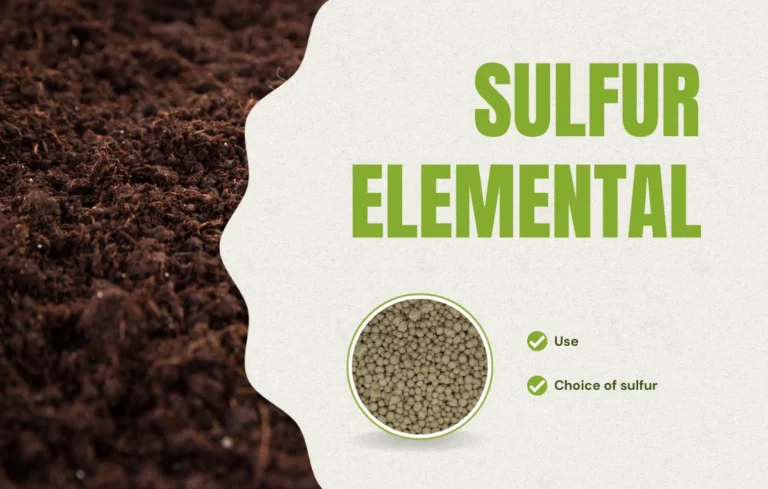Sodium bentonite clay has long been used to seal ponds, basins, and agricultural lagoons. Its ability to expand and fill soil pores makes it a natural material particularly suited to leak problems. Unlike synthetic membranes, it integrates into the soil and creates a durable barrier against water loss.
Agrobiotop, a European expert in agrobiology, offers comprehensive, environmentally friendly solutions for water management and soil fertility. Thanks to our expertise, we support agricultural professionals in their search for reliable techniques to protect and enhance their natural infrastructure, including ponds and lakes.
- How important is pond waterproofing?
- What is sodium bentonite clay?
- What are the mechanisms of action of sodium bentonite for ponds and pools?
- How to apply sodium bentonite for pond waterproofing?
- Why choose natural materials for waterproofing a pond or lake?
- Agrobiotop solutions against pond and pool leaks
How important is pond waterproofing?
A watertight pond relies primarily on suitable soil. When the soil contains too high a proportion of sand, gravel, or permeable rock , water quickly seeps through. Problems can also arise from an incomplete soil study, poorly carried out compaction, or an overly narrow dike design. Excessive stripping of the surface soil further weakens the structure.
The consequences are water loss, reduced fertility, the appearance of cracks and sometimes the collapse of certain parts of the structure . Recent ponds are the most vulnerable, because the organic matter has not yet had time to naturally fill the pores of the soil. The use of sodium bentonite clay then makes it possible to accelerate this process and secure the waterproofing.
What is sodium bentonite clay?
Sodium bentonite is a 100% natural clay. It is distinguished by its richness in montmorillonite and smectite, two minerals with exceptional swelling and absorption properties. Its composition is based on silicon dioxide (SiO₂), aluminum oxide (Al₂O₃), and numerous trace elements.
Its characteristics are as follows:
- Very fine calcium clay from selected natural deposits.
- High swelling power that can reach up to twenty times its volume in the presence of water.
- Covering and fixing power superior to all other clays.
- Reduction of soil permeability by filling in porosities.
- No negative impact on aquatic flora and fauna.
- Performance stability even after freeze, thaw, hydration and drying cycles.
Do you need to repair a leak in a pond or basin?
What are the mechanisms of action of sodium bentonite for ponds and pools?
When it comes into contact with water, bentonite swells and fills the empty spaces in the soil. This phenomenon reduces permeability and limits infiltration. It also acts by adsorption by attracting and fixing polluting particles, ions, and certain contaminants on its active surfaces. Its negative electrostatic charge promotes ionic exchange, which allows it to retain nutrients useful in agriculture while immobilizing heavy metals or undesirable substances.
In ponds and pools, sodium bentonite is used to create a physical and chemical barrier against leaks . It is particularly effective for securing sensitive points such as drains, nozzles or overflow areas.
Its versatility also allows it to be used in various contexts: artificial lagoons, storage areas, construction site mud pits or landscaping.
How to apply sodium bentonite for pond waterproofing?
- Prepare the soil : clean the bottom and walls of the pond, remove stones, roots, and cracks. Keep the soil moist but not saturated and homogenize the moisture by first passing the tool over it.
- Spreading : Spread the bentonite evenly over the surface, then level it by raking. 20 to 50 kg/m2
- Compaction : Use a roller, hand tamper or sheepsfoot compactor to ensure good bonding with the soil.
- Finishing : Cover with a thin layer of soil or gravel to encourage possible vegetation. Fill the pond gradually and test for leaks by partially filling it before completely filling it.
Why choose natural materials for waterproofing a pond or lake?
Opting for natural solutions like sodium bentonite helps preserve ecological balance. The absence of plastics and chemicals reduces the impact on biodiversity. These materials also offer great durability, with resistance to mechanical stress and climatic variations.
Unlike often fragile synthetic membranes, clay blends harmoniously into the natural environment and retains its properties for several decades.
Moreover, this approach often represents an economical alternative when resources can be mobilized locally.
Agrobiotop solutions against pond and pool leaks
Use of sodium bentonite clay for waterproofing ponds
Each soil, depending on its texture, composition and grain size, will behave differently when mixed with sodium bentonite clay. In order to determine the dosage to use, it is best to carry out some tests and measurements.
It is best to carry out waterproofing work when the pool is dry or when it is being created.
Clay tightly packed and compacted or simply held by a layer of gravel so that it does not rise when in contact with water
Thus, it will rehydrate to form a waterproof tissue
Recommended dosage
- Sandy soil: 5cm of clay height = approximately 50 kg/m2
- Silico-clayey soil: 2 cm of clay height = approximately 20 kg/m2
Do not hesitate to contact us for more information.

